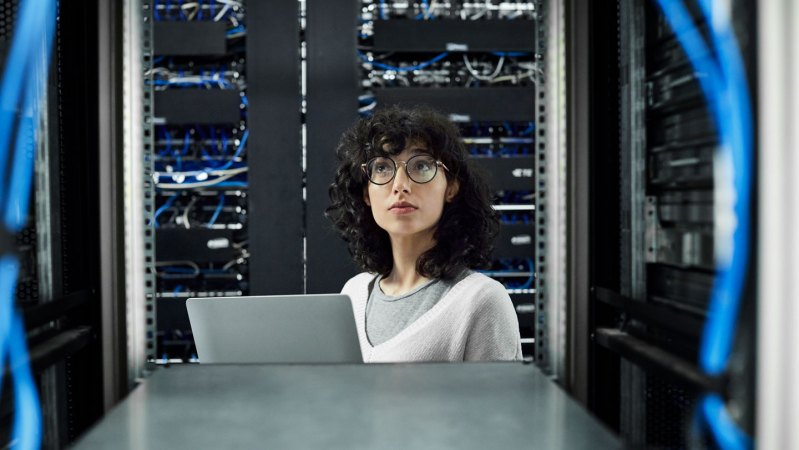
Artificial Intelligence models, such as ChatGPT, are revolutionizing industries with their ability to process and generate human-like text. However, this technological advancement comes with a significant energy cost. As AI becomes more integrated into daily life, understanding the energy consumption of these models is crucial. Experts are delving into where this energy is utilized and exploring ways to mitigate its impact.
The demand for AI services has surged, leading to increased power consumption. AI models require substantial computational resources, which in turn consume a significant amount of electricity. This energy use is not just limited to the operation of AI systems but extends to their training, which involves processing vast amounts of data.
Breaking Down the Energy Usage
AI models like ChatGPT are built on complex neural networks that mimic the human brain’s functioning. Training these models involves running numerous calculations, which require powerful hardware and, consequently, a lot of energy. According to a study by the University of Massachusetts, training a single AI model can emit as much carbon as five cars over their lifetimes.
“The energy consumption of AI models is a growing concern, especially as their use becomes more widespread,” said Dr. Emily Chen, a leading researcher in AI sustainability.
The energy demand doesn’t stop at training. Inference, the process of using the trained model to generate responses, also consumes energy. This is particularly relevant for models like ChatGPT, which are used extensively across various applications.
Efforts to Reduce Energy Impact
Recognizing the environmental implications, researchers and companies are actively seeking solutions to reduce AI’s energy footprint. One approach is optimizing algorithms to be more energy-efficient. This involves refining the model’s architecture to perform the same tasks with less computational power.
Another strategy is the use of specialized hardware, such as GPUs and TPUs, which are designed to handle AI tasks more efficiently than traditional CPUs. These hardware advancements can significantly reduce the energy required for both training and inference.
“By optimizing both software and hardware, we can achieve a more sustainable AI ecosystem,” noted Dr. Mark Rivera, a computer scientist focused on green technology.
The Role of Renewable Energy
As AI continues to grow, the role of renewable energy sources becomes increasingly important. Tech giants like Google and Microsoft are investing in renewable energy to power their data centers, which host AI models. This shift not only reduces carbon emissions but also sets a precedent for the industry.
Moreover, some companies are exploring carbon offset programs to balance out their emissions. These programs involve investing in projects that reduce carbon dioxide in the atmosphere, such as reforestation or renewable energy initiatives.
Looking Ahead: The Future of AI Energy Consumption
The future of AI energy consumption hinges on continued innovation and commitment to sustainability. As AI models become more sophisticated, the need for energy-efficient solutions will only grow. Policymakers, researchers, and industry leaders must collaborate to address these challenges.
Consumers can also play a role by advocating for transparency in AI energy use and supporting companies that prioritize sustainability. As awareness grows, the demand for eco-friendly AI solutions is likely to increase, driving further advancements in the field.
“Sustainability in AI is not just an option; it’s a necessity for the future,” emphasized Dr. Chen.
In conclusion, while AI models like ChatGPT offer immense benefits, they also present significant energy challenges. By understanding and addressing these issues, we can harness the power of AI responsibly and sustainably.






